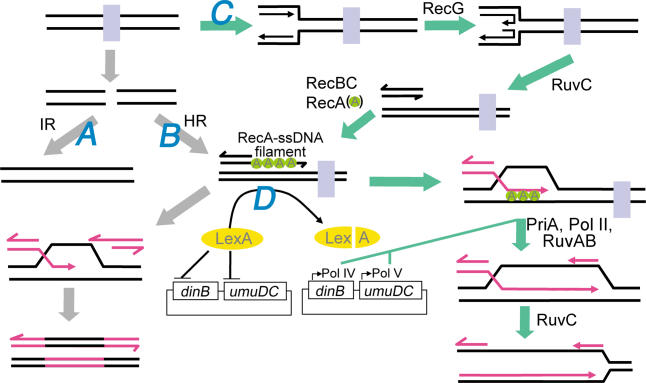Figure 3. Proposed Response to Ciprofloxacin.
In the absence of homologous sequences, free DSBs are repaired by nuclease and polymerase-dependent IR (pathway A). In the presence of a suitable homologous sequence, free DSBs may be repaired by RDR (pathway B). This involves resectioning of the DNA ends by RecBC and loading of RecA onto the ssDNA produced. These RecA-ssDNA filaments catalyze D-loop formation and repair of the DSB. This pathway may also contribute to the repair of replication forks when they encounter the free DSB. Finally, replication forks that encounter topoisomerases that are covalently-bound to the DNA are repaired by recombination-dependent fork repair (pathway C). This involves RecG-mediated fork regression and RuvC cleavage to produce DSEs where RecBC mediates RecA-ssDNA filament formation. These filaments catalyze strand invasion of a homologous sequence where PriA, and possibly Pol II, help to reestablish a processive replication fork. With sufficient accumulation of DSBs and collapsed forks, persistent RecA-ssDNA filaments induce levels of LexA cleavage sufficient to de-repress the error prone polymerases, Pol IV and Pol V, which cooperate to induce mutations (pathway D). Once resistance-conferring mutations are made, DSBs and collapsed forks cease to accumulate and RecA-filaments no longer persist. Subsequently, the cellular concentration of LexA increases, shutting down expression of the pro-mutagenic polymerases. See text for details.

